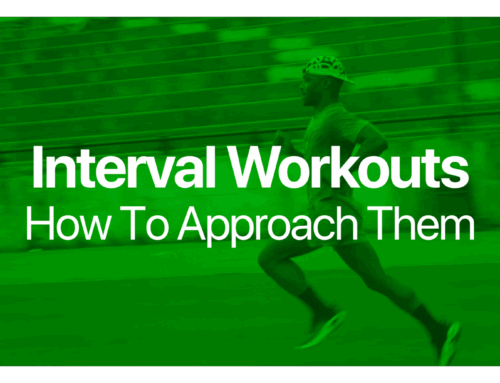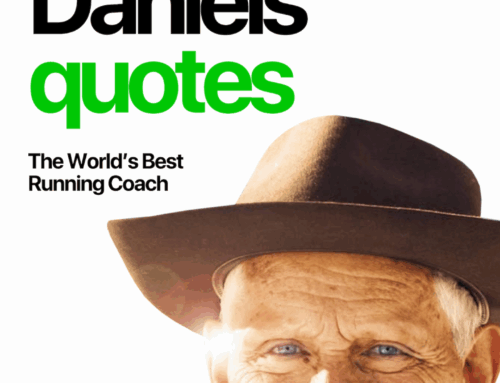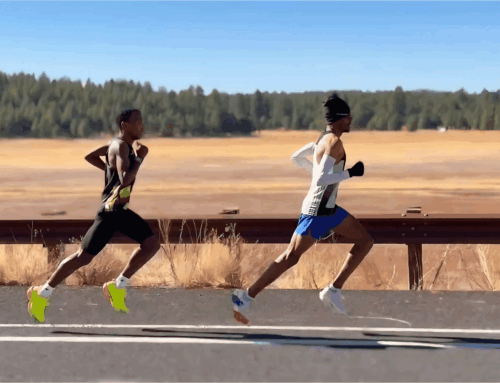
For me, as a coach, the easiest way to detect hypertraining (a setback from overtraining), is by knowing my athletes, each and every one of them.
Here’s how I look for hypertraining:
When a runner is progressing through a season of training, they have scheduled gradual increases in amount and intensity of running typically every few weeks. These increases in training stress should be associated with better performances and should produce no greater subjective stress than earlier increases in load or intensity. If training is increased and the runner doesn’t show positive results within three to four weeks, and if the test workouts don’t go favorably, then I’d say it’s time to back off, or at least make serious assessments of your current training. This runner is training too hard for the results that are being realized.
I call this kind of overwork “hypertraining” because it corresponds perfectly to the definition of hyperventilation. Hyperventilation means ventilating (breathing) more air than is necessary to do the job at hand. Hypertraining means training harder than is needed to perform at a level that could be attained with less training.
If you think you might be hypertraining, try the following four-step program:
- Lower your total mileage (I suggest 20% or even more if you’re on a high mileage program), which should decrease the amount of quality work per the rules that designate 10% of weekly mileage at Threshold pace, 8% at Interval pace, 5% at Rep pace.
- Cut out all Quality training for a week or two and treat yourself as if you were recovering from an injury.
- Try maintaining your weekly mileage for a couple of weeks, but switch to a different quality emphasis (usually abandon Interval training in favor or Threshold or Rep work.
- Give the same program one more try for a couple of weeks without any changes.
If you’ve followed these steps and you continue to feel poorly, it’s best to do a thorough medical checkup and take a break from training.
Dr. Jack Daniels is a world renown exercise scientist and author of the popular coaching book Daniels’ Running Formula.





Leave A Comment